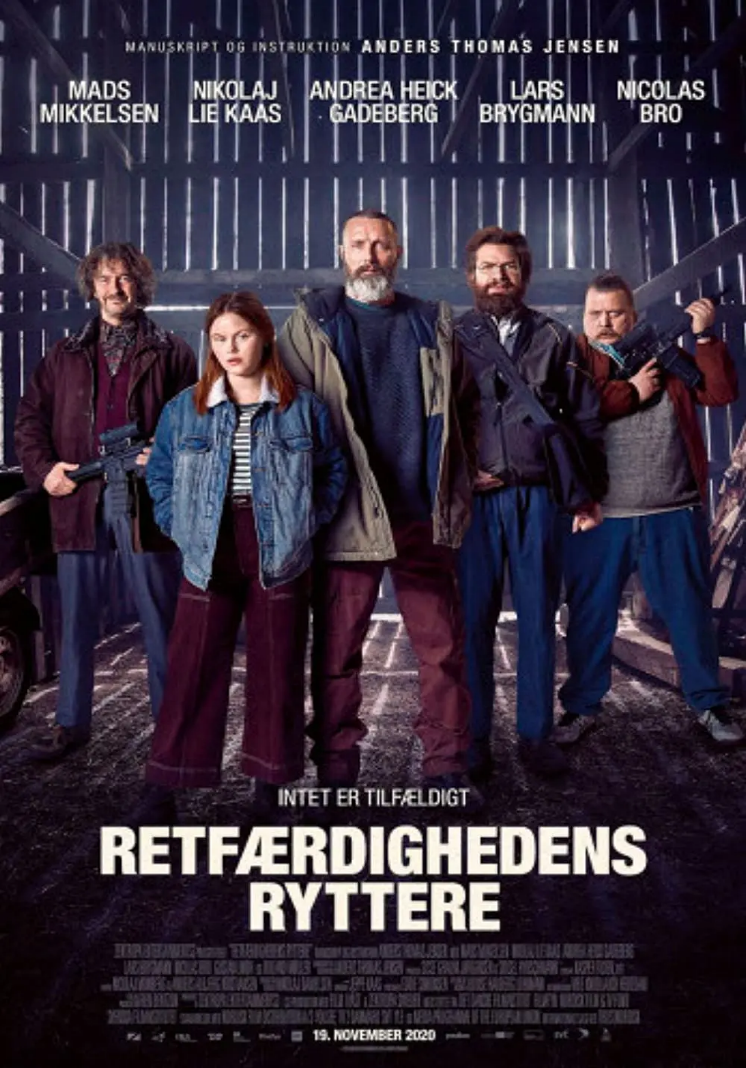Epidemic if only a script were born

One day in 1987, the young Danish director Lars von Trier made a bet with producer Keith that he could make a film for one million Danish kroner (now equivalent to about 1.3 million yuan), which was almost the bottom line for film investment in Denmark at the time. Keith gladly accepted the bet and found them one million Danish kroner, and the film “The Plague” was shot.
Danish film scholar Peter Scheppler said that “The Plague” was not a good movie, but it was a movie that had to be made. Because, on one level, Pestilence can be said to be an autobiographical film of Lars von Trier, a film that provides a direct and thorough understanding of how Lars von Trier put his personal theories into practice in his films, and an excellent example of how to understand Lars von Trier’s approach to film-making.
But as for the film itself, I agree with Peter Scheppler’s first half of the sentence that “The Plague” is not a good film. Lars uses a dual, interlocking narrative in “The Plague,” recounting how Lars and his longtime co-writer Nisfosso worked on the film “The Plague” in “The Plague” on the one hand, and their immediate creation on the other hand, in images. In the film Lars, Nys, and even Keith play themselves, and Lars in turn plays the protagonist Dr. Mesmer in the film within the film.
It should be said that the movie-within-a-movie “The Plague” is a good story for the most part. In this story, Mesmer is a doctor who wants to use what he has learned to help people who may be suffering from the plague, but in the end he finds out that he is actually the cause of that plague, that he is the carrier of the source of the disease, that he spread the plague, and that everyone suffers because of him, while he thought he was a deliverer. This is also the mother theme that Lars keeps repeating in the European trilogy (The Plague is the second book of the European trilogy, the other two being The Criminals and The European Express): “The ignorant persistence of good is the driving force that promotes and immortalizes evil”. But Rath’s design of an ending in which Mesmer finally falls into the arms of religious faith is a kind of joke, a joke that is impossible to open, in which science falls to its knees to theology, with a rushed and unconvincing ending. Maybe it’s just a first draft, or maybe Lars is using it as a metaphor for something, or maybe Lars is just trying to express his master theme through a simple story idea that doesn’t need to be examined.
So this may not be the film’s big flaw, the real fault of the film comes from his other line. The film begins with an inexplicable voiceover that tells us that a real plague from the real world will break out after the five days of creation. So, from the very beginning, the director clearly tells us that this is not a mere instructional film on how to create a film by Lars von Trier. But what is the real plague of the real world that we are expecting. The film ends with a ten-minute description of a girl being hypnotized and entering the plot of the film “The Plague”, and I don’t know how to describe the girl’s performance in these ten minutes. When watching the film, the girl from the convulsions to hysteria, complete madness, and even somehow unexplained pus bags on the neck, I fidgeted, I did not know what to do, my heart asked, what, this is what, sheep epilepsy? Mad cow disease? It’s too nonsensical, right? If this is the director to show the real world of the real plague, then this is also too forced it, almost no padding, suddenly and directly to the extremely exaggerated performance to express an inexplicable theme to enhance the depth of the film, frankly, very some failure. In the film’s commentary track Ness said, we are trying to show AIDS, with such a small investment to express such a large theme ……. Small investment to express the big theme is a bit difficult, and it is certain that they can not be considered very good performance.
Also, the beginning of the film, Lars took a taxi, taxi repeatedly backed up and not forward to the driver to laugh at this scene is also a little exaggerated. Lars explained that if a movie is to sell, there must be funny moments. This is actually not funny, even if the funny is also too deliberate performance. And the irony is that his “Plague” was not a big seller. Of course, I think some of his satire in “The Plague” is still very funny, such as the two doctors in the hospital who sing in unison, and the priest who mumbles that he learned to be a priest in two days, and Lars, their and Keith’s mockery of the Danish film powers that be at the dinner table, and so on.
Furthermore, probably because of the investment, the film’s graphics and filming make one think that this is perhaps a film made by Lars after Dogma ’95 Manifesto. The film is in black and white, many scenes are shot in handheld, live radio, you can even hear the wind “whistling” in the outdoor. The overall feeling of the film is a bit rough.
Producer Keith said in the commentary track that this is a “suburban realism” style documentary, nothing new. He even used the word “trash” to describe the film, and I don’t think so either. If you take away the outro about the real plague that is about to break out in the real world, and then tighten up the end of the film, you can just show how Lars Von Trier creates a film that shows us how self-conscious and driven Lars is in his creation, his ability to mock everything, and his attitude towards film, and how he expresses his vision of the European trilogy through the film he creates. The Plague” is still a good film if it expresses the consistent theme of his European trilogy: “The ignorance of the good is the driving force that promotes and immortalizes evil.
By the way, Lars lost a bet with Keith that cost him an extra 70,000 Danish kroner.




